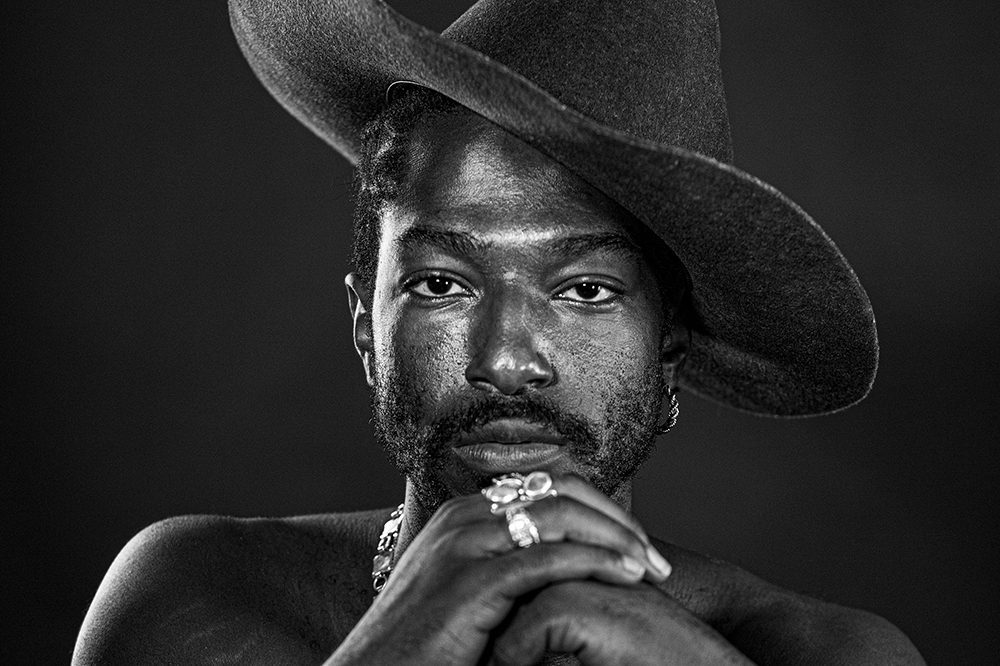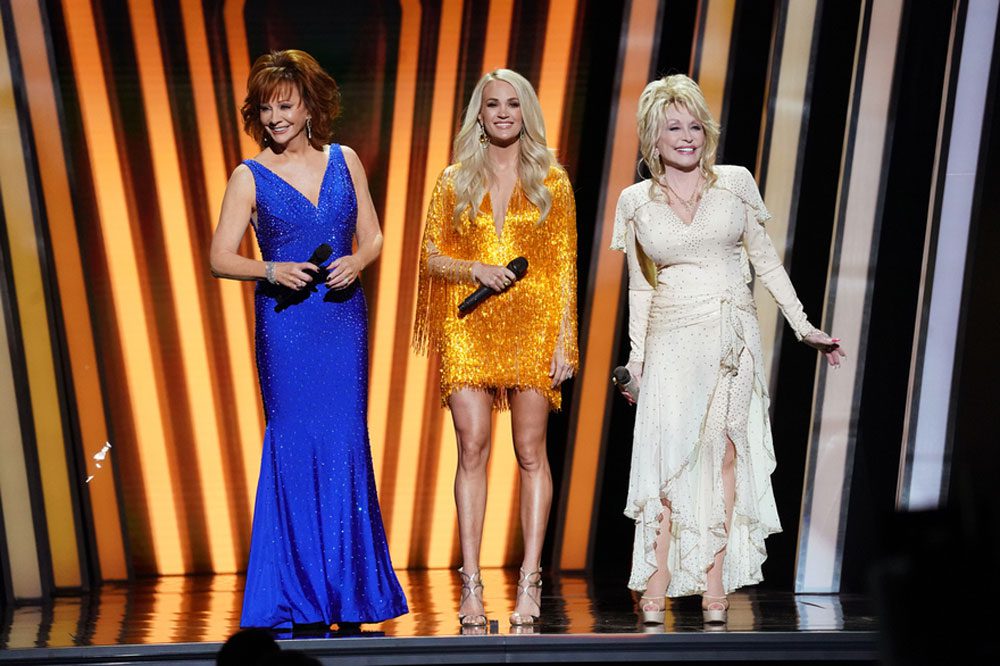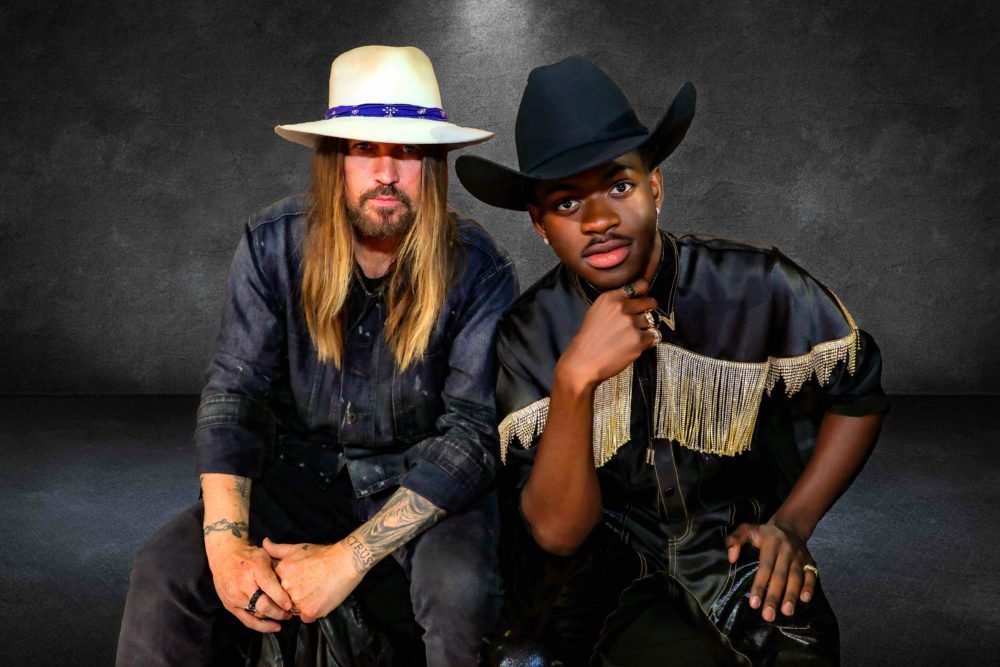Willie Jones Redefines the Patriotic Anthem with “American Dream”


Growing up in the rural town of Shreveport, Louisiana, Willie Jones was introduced to “patriotic anthems,” as he describes, from the likes of Martina McBride and Toby Keith. The budding artist often wondered what it would sound like if he took that format and “turned it on its head.” His vision becomes reality with “American Dream,” a country-meets-hip-hop ode to the land of the free and home of the brave, as told from the perspective of a young Black man who’s using his art as a form of protest.
Heading into the recording studio shortly after the 4th of July in 2020, Jones confessed his conflicted feelings toward honoring America’s holiday to co-writers Alex Goodwin, Josh Logan and Jason Afable. “I was struggling to put on my red, white and blue and really celebrate the country because of so much that we’ve seen this past year and things that came to light with police brutality and justice in general,” Jones tells Audiofemme. “A lot of voices were raised up at this time of people speaking out again injustice.”
Revealing that he “really challenged my pen” on the track, Jones allowed his viewpoints to fly freely, channeling his conflicting emotions and personal truths into a song that opens with a gut-punching warning: “Young man, young man/Got the heart of a lion/And the drive of a wild horse/Young man, young man/Better watch how you step/When you step off the front porch.”
“I feel like it speaks not only to the listeners, but also myself,” Jones says. “I think those lyrics definitely fire me up and hold me accountable to keep moving.”
Jones has made a habit out of forward motion since making his national TV debut on season two of The X Factor USA in 2012, where he flexed his buttery baritone voice as member of Demi Lovato’s team. Splitting his time between Shreveport, Nashville and Los Angeles, Jones has since released a series of tracks including the lighthearted “Down For It” and “Bachelorettes on Broadway,” all of which appear on his debut album Right Now, released January 22, 2021. But “American Dream” is perhaps his best achievement yet, as he boldly claims that he’s “proud to be Black man” in a country that has its faults, yet still provides ample opportunities to grow and evolve.
“The American dream is to be in the pursuit of justice and to honor that as well,” the singer explains of the meaning behind the song’s title. “We have some opportunities afforded to us in the country. You can really do whatever you want here – you can build exactly the kind of life that you want to, you just have to move right. I think the American dream is getting what you want and honoring the country in that.”
The vocalist also turns a sharp eye to the symbolism of the American flag with a freestyle about those who have died and lied under oath for the flag, while others pay an equally harrowing price. “Some people can’t breathe for the flag/Had to take a knee for the flag,” Jones conveys with a voice as deep as the words’ meaning, leading into an powerful, poetic interlude: “With skin black as night/A Black boy runs for his life/Faced down by the hounds of a checkered past/Objectified, commodified, and scrutinized by blue eyes/And blue and white lights dancing off his skin.”
“It’s the truth of what America is,” Jones explains. “I feel like it’s a hopeful song and really bold, but it’s also shedding a light on the real behind what we see every day on social media with what was going on in the country.”
“That’s what music is about — telling real stories and true stories to inspire people,” he adds. “I felt empowered the entire time we were writing it.”
The accompanying video offers as many eye-opening images as the song itself. Directed by Jamal Wade, the video stars Brent Robinson as a young boy overwhelmed by the disturbing images he sees on the news when “American Dream” starts pouring through the speakers of his vintage radio. The camera pans through the house to show photos of important Black figures in his life, ranging from his grandfather to Muhammed Ali, Wade intertwining anime graphics of Martin Luther King, Jr., George Floyd, Breonna Taylor and many more. The video comes to a climax as Robinson is chased down by a soldier dressed in all black with eyes glowing red, the two transforming into anime figures in battle in which Robinson resiliently takes hold of the officer’s whip. But when they return to human form, it’s revealed that Robinson was painting a mural on an abandoned wall that reads #NoMoreNames alongside a series of Black faces, the young boy expelling blue fumes that overcome the soldier’s red flames.
Jones and Wade were intentional about wanting to convey the intensity of the nation’s racial tensions through the video without rehashing oft-used clips of police brutality. “I wanted to take that out of the video and show Black people in a different light,” Jones explains of the video’s concept. Instead, the team wanted to depict a “young man who was hurt by all that he was seeing on the news and took it in his own hands to pretty much liberate himself,” Jones says. “What he represented was the opposition to injustice – learning his history and empowering himself to overcome.”
Jones admits that politically-focused songs in the country genre are rare, yet finds hope in powerful statements such as Mickey Guyton’s autobiographical “Black Like Me” that add to the cannon of patriotic country anthems that will help break the status quo. Now, he’s added “American Dream” to that cannon in hopes of inspiring other artists to do the same; the song isn’t merely a patriotic anthem, it’s a message of accountability.
“So many different people listen to country outside of the typical conservative, white [demographic] and that’s what a lot of people think that country is,” Jones says. “I want to inspire other people to get in the zone and shake it up. It’s all in just being yourself. I want to continue to be myself and take chances on myself.”
He’s already following through on that conviction by launching the #IHaveAnAmericanDream campaign on social media, inviting others to share what their visions are for the future of the country in an effort to “really speak on what they love about the country and what they love about being an American, what their hope and dream for change is in the country in a good light because we’ve seen so much negative,” Jones declares. “I really have hope for the future.”
Follow Willie Jones on Facebook and Instagram for ongoing updates.



